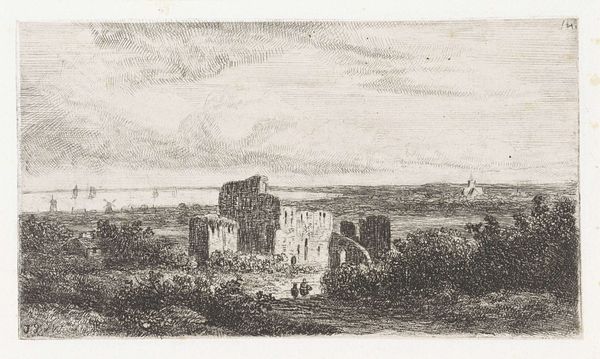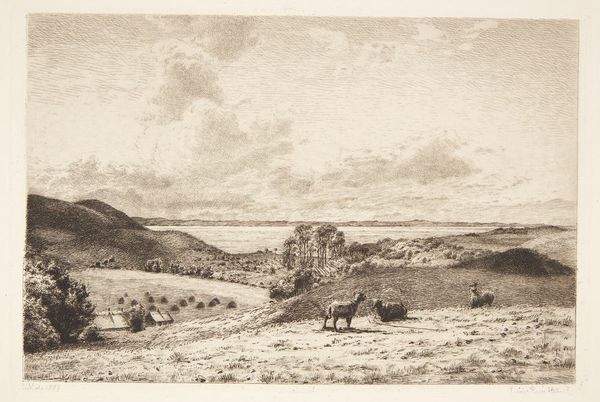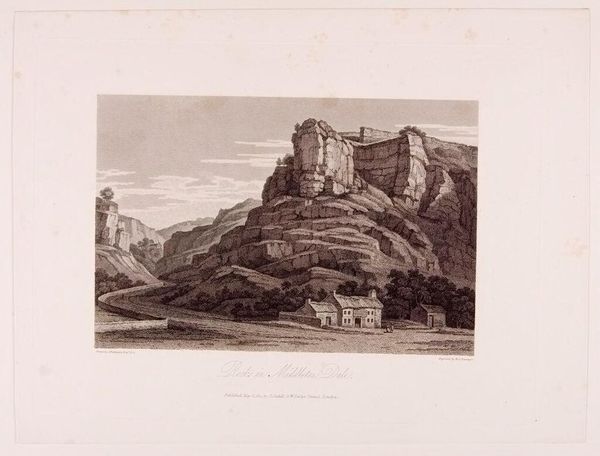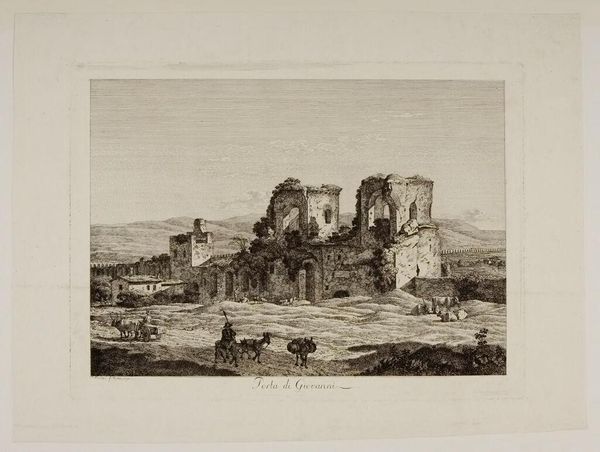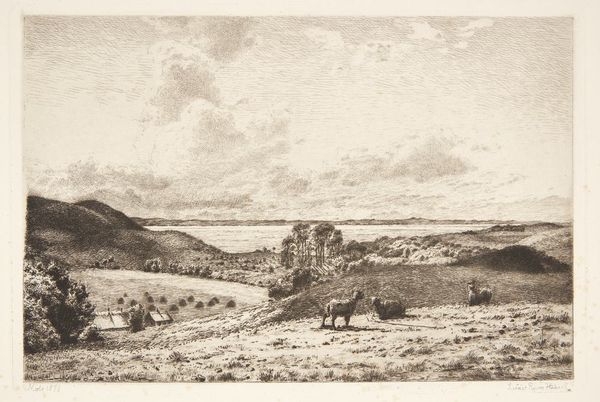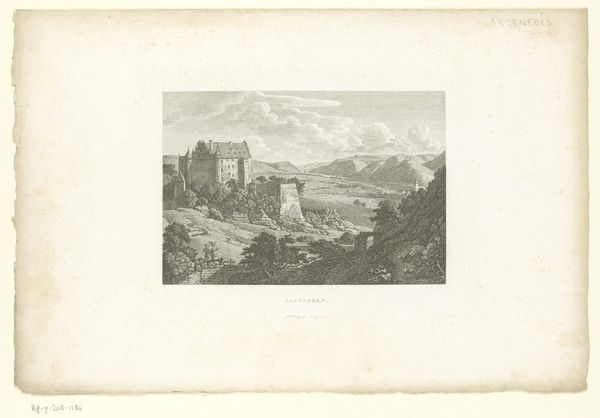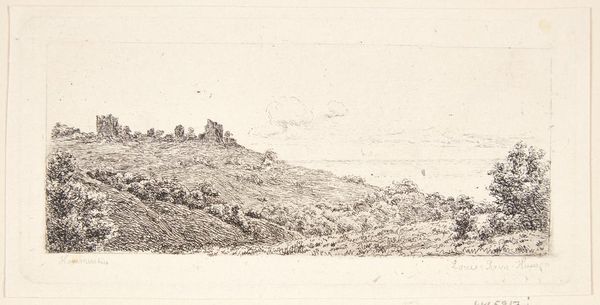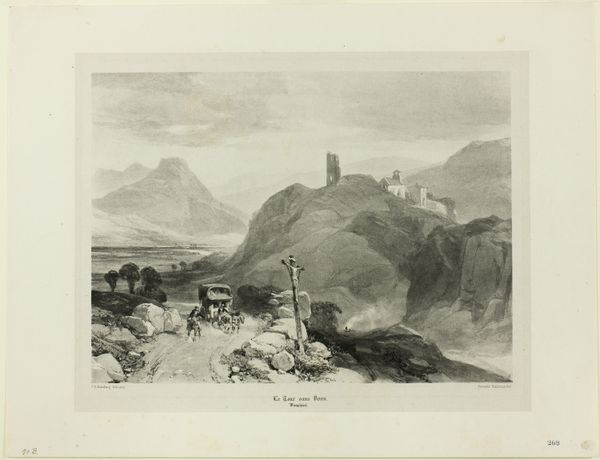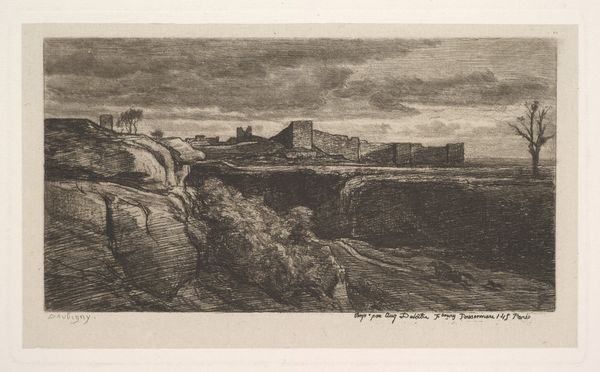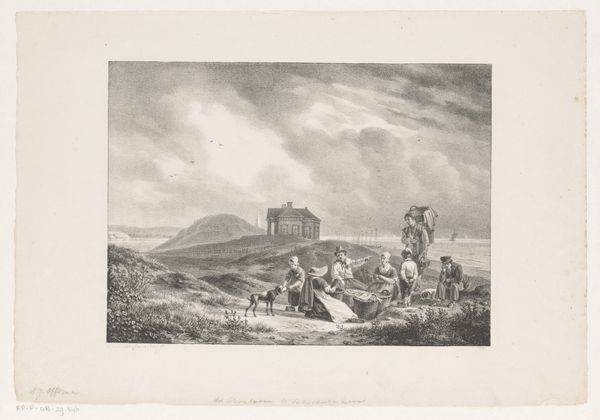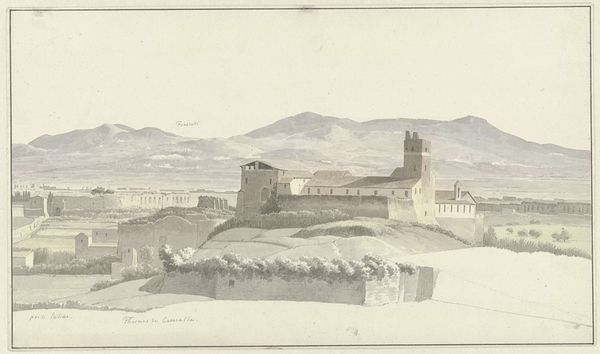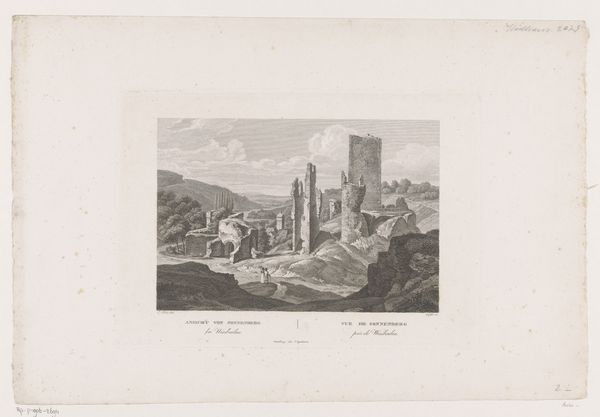
engraving
#
landscape
#
classical-realism
#
romanticism
#
cityscape
#
engraving
#
realism
Dimensions: height 205 mm, width 265 mm
Copyright: Rijks Museum: Open Domain
Editor: This engraving, titled "Agro Romano," was created by Pierre Louis Dubourcq in 1850. The details are remarkable. The overall mood makes me feel small. I'm curious about how you see it; what's striking to you? Curator: What strikes me is the way the engraving captures the landscape's utility, how it’s being worked and reworked. Dubourcq, through the labor evident in the land, implies a tension between Romanticism's idealization of nature and the Realist observation of social conditions. Look at the marks and lines—they don’t just represent grass or architecture, but the very physical act of creating this image, multiplying it, and distributing it. Editor: That’s fascinating. So, you're saying the materials and methods themselves tell a story? Curator: Precisely. Consider the engraver's tools: the metal plate, the acid, the press. Each step involved in creating multiple prints speaks to the developing industrial processes. And consider that the artwork portrays land—who owned that land? Who worked it? The materials bring attention to the social circumstances. Editor: That makes me think about access, too. Engravings made art more accessible to a wider audience than, say, a unique oil painting. Curator: Exactly. These printed images democratized art, shifting value away from the unique object and toward the visual idea itself. Did this democratization also shift labor towards the maker? Editor: So the art becomes less about the beautiful Roman ruins, and more about the economics and distribution of image-making? Curator: Not "less about," but additionally about. Dubourcq used materials that were being popularized to convey what he saw, while shaping what many others would see too. And maybe this allows viewers from disparate levels of society to have common experiences. Editor: That's a totally different way to appreciate this! I’ll definitely remember to think about how materials influenced what was being shown and whom the piece was trying to reach. Curator: Indeed, remembering materiality may unlock our historical view as much as our aesthetic appreciation.
Comments
No comments
Be the first to comment and join the conversation on the ultimate creative platform.
